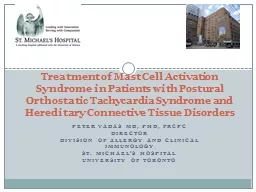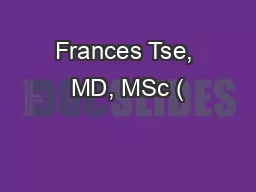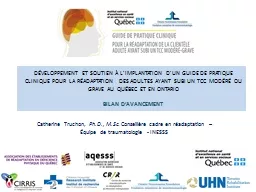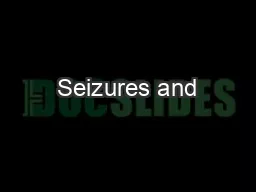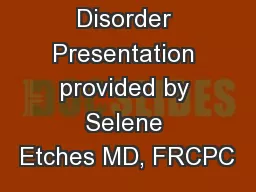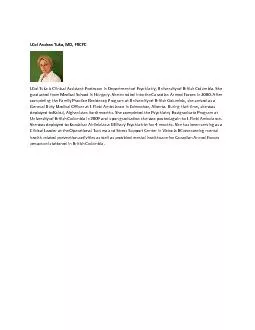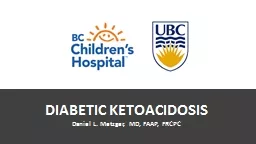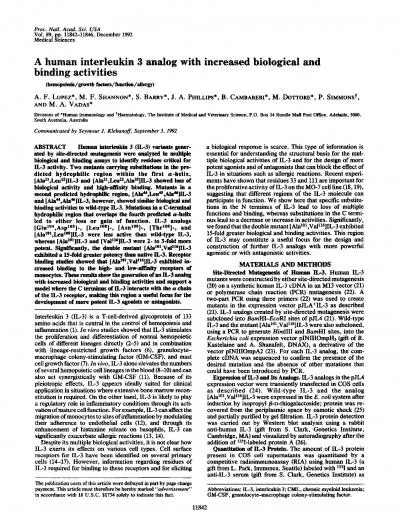PPT-Peter Vadas MD, PhD, FRCPC
Author : markes | Published Date : 2020-11-06
Director Division of Allergy and Clinical Immunology St Michaels Hospital University of Toronto Treatment of Mast Cell Activation Syndrome in Patients with Postural
Presentation Embed Code
Download Presentation
Download Presentation The PPT/PDF document "Peter Vadas MD, PhD, FRCPC" is the property of its rightful owner. Permission is granted to download and print the materials on this website for personal, non-commercial use only, and to display it on your personal computer provided you do not modify the materials and that you retain all copyright notices contained in the materials. By downloading content from our website, you accept the terms of this agreement.
Peter Vadas MD, PhD, FRCPC: Transcript
Download Rules Of Document
"Peter Vadas MD, PhD, FRCPC"The content belongs to its owner. You may download and print it for personal use, without modification, and keep all copyright notices. By downloading, you agree to these terms.
Related Documents

